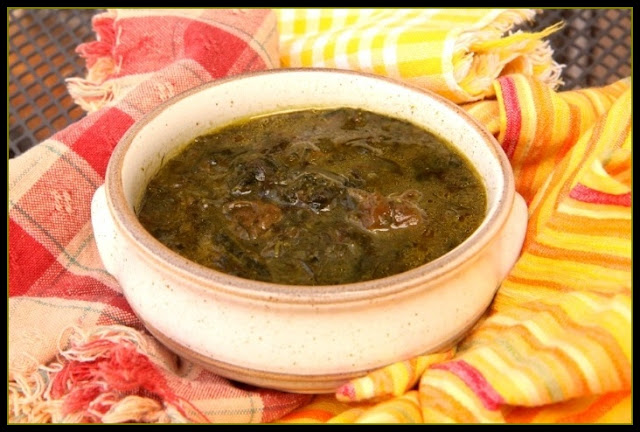Wild About - Beeplant
 It's amazing to me how foraging has helped me to read my own environment, to really see and recongize all the things which before, were categorized by my brain under the vague definition "plant."
It's amazing to me how foraging has helped me to read my own environment, to really see and recongize all the things which before, were categorized by my brain under the vague definition "plant."Take for example the Rocky Mountain Beeplant (Cleome surrulata). I know I've seen them before this year, as they grow to be as tall as I am, with showy pink-purple flowers. But before this year, I never really stopped and had a good look at their astonishing beauty.
Here's the fun part - late in the season, the beeplant develops seedpods which are edible (eating is always the fun part for me)! They look like tiny green beans. It's important to pick the pods when they are young, because they get quite tough and fibrous as they mature. If you're lucky enough to find these, be prepared for a spicy, mustardy kick if you eat the pods raw. Or see how the flavor changes to a mild nut-like veg when cooked.
 The first time I cooked the pods, I had already fried up a platter full of okra and green tomatoes, so I tossed the pods in the batter and fried those as well. They were tasty, but it may not have been the best method of preparation, given that they are so thin.
The first time I cooked the pods, I had already fried up a platter full of okra and green tomatoes, so I tossed the pods in the batter and fried those as well. They were tasty, but it may not have been the best method of preparation, given that they are so thin. Since that time, I've cooked them by a different method - boiling the seedpods for a few minutes before tossing them in butter with a few scratches of garlic, salt, pepper, and poppy seeds. I think that this method keeps the pods much more tender and allows their flavor to come through.
Since that time, I've cooked them by a different method - boiling the seedpods for a few minutes before tossing them in butter with a few scratches of garlic, salt, pepper, and poppy seeds. I think that this method keeps the pods much more tender and allows their flavor to come through.Ready for my note of caution? Don't go around eating any old seedpod that hangs from flowers, as many of them are moderately poisonous. Make a positive id before eating, as always with foraging.
This post is my submission for Two for Tuesday this week. I know that there will be so many good links to see, so go hop around!

